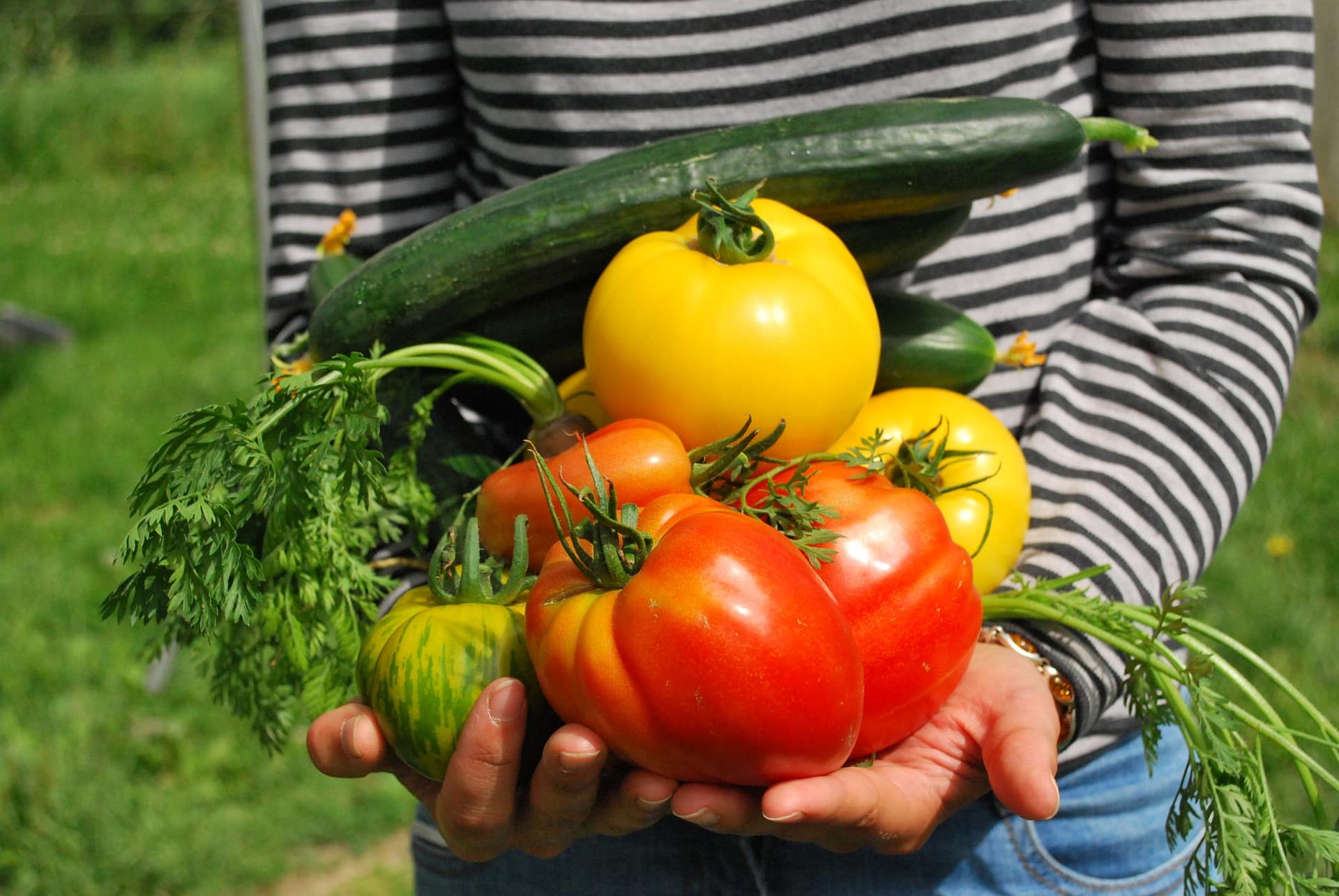As Canada comes out of the pandemic, there are a lot of struggles for agriculture with production costs on the rise and changing consumer demands, but if the industry can adjust and pivot, there are opportunities.
At the International Potato Technology Expo in Charlottetown, P.E.I. on March 31, John Cranfield, a professor in the food, agricultural and resource economics department at the University of Guelph, gave a presentation on Canadian agriculture in the post-pandemic world and what the industry needs to do.
Over the past few decades Canadians have been spending more money on food. When the pandemic hit, food bought for consumption at home jumped, while food bought in restaurants dropped — previously both had been on the rise. This will be affected though as there’s starting to be more upward inflation pressure on food prices. People are having to accommodate what they’re buying and may not buy what they’re prefer due to high prices.
“This is concerning because it means that consumers food dollar maybe doesn’t go as far as it once did. And so, it starts to bite into consumers’ ability to buy the foods that maybe they want — they have to economize,” Cranfield explains.
For farmers, while they may be getting paid more for the food they’re producing, the rate of inflation for crop input prices is higher than the selling rate — squeezing farmers’ margins and affecting profitability.
However, there are opportunities for Canadian agriculture as exports are growing which could help soften the falling farm profits. The Great White North exports more agriculture products than it imports. A big country equals big opportunities for producing food, Cranfield says.
“Canada needs to do more to invest in processing capacity in its food sector, so that we can take advantage of value-added opportunities at home. So rather than exporting an unprocessed agricultural commodity, we add value in through processing and export into higher valued markets,” he adds. “There’s a huge untapped potential.”
In order to capitalize on this though, Cranfield stresses Canada needs to have a skilled and resilient workforce. Workers in the agri-food supply chain need to be trained with technical skills that can be transferable across different jobs in it.
“One way that we can build resilient workforce is to make sure that people have the adequate training that they need so that they have the skills to adapt,” Cranfield says. Adding this should help the jobs to be “future proof.”
“Sustainability is a good example of what’s called environmental, social and governance issues. We increasingly seeing people demanding food products looking for products that embody those environmental, social, and governance attributes in them.”
Canada has an opportunity to be a trusted global leader for safe, nutritious and sustainable food, he says. The world wants more catered agricultural food products produced in sustainable ways.
“Sustainability is a good example of what’s called environmental, social and governance issues. We increasingly seeing people demanding food products looking for products that embody those environmental, social, and governance attributes in them,” Cranfield adds.
Being transparent about sustainable agricultural practices is important. One way to do this is through traceability, Cranfield says. It’s a great way to show consumers where their food comes from.
There’s also interest for cellular agriculture from consumers as a way to buy products with a lower environmental footprint. And while in the past people have had food technology phobia where they flee from food technology they don’t understand, such as GMO’s, they’re more willing now to buy and eat food with clear benefits for the consumer, Cranfield explains.
Overall, there’s no ideal “average consumer” anymore though, there’s segments of consumers who are focused on different things when they shop for food, Cranfield says. He doesn’t think we understand enough about consumers when it comes to this.
Another concern for the future of Canadian agriculture is weather, Cranfield says. Weather has become wilder, and he’s worried about how these climate events are showing environmental changes. Weather data will need to be used to see what crops can be grown in these new climates, he adds.
Moving forward Canada also needs to prepare for black swan events such as the COVID-19 pandemic. Canada needs to know how to pivot and cope to get through difficult times, Cranfield says.
While there are challenges for Canadian agriculture moving forward, these can be turned into opportunities as long as Canada reacts and invests, he adds.












